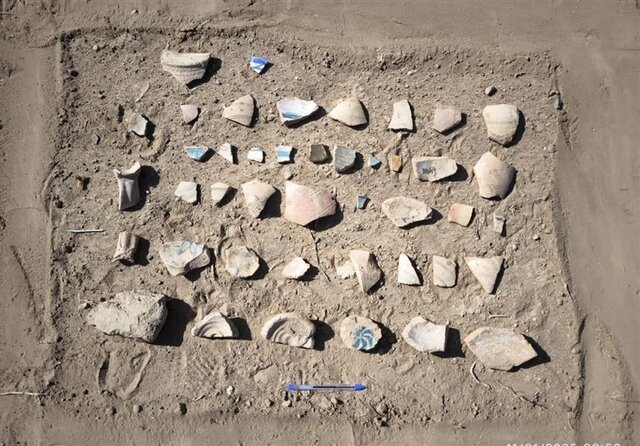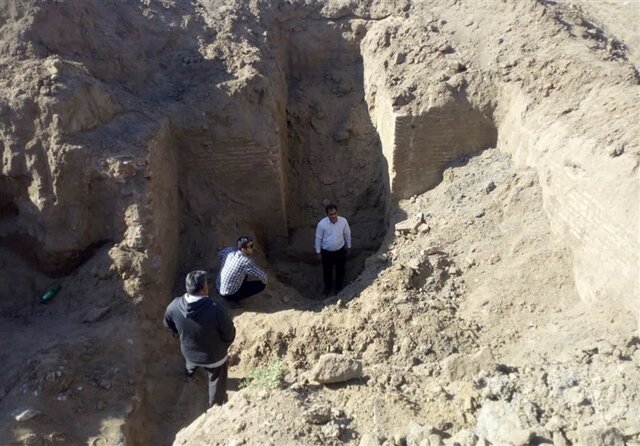Avash News: Despite its historical importance, Gonabad remains largely overlooked. A shortage of funding, manpower, and coordinated archaeological research has left many of its ancient sites neglected and gradually deteriorating.
Compared with other Iranian heritage sites, Gonabad is less known. Studies suggest that the area has been inhabited for over 5,000 years, yet it has never been the subject of systematic archaeological investigation. As a result, many “missing pieces” in Iran’s historical puzzle still lie buried beneath its soil.

Due to its geographical location and abundant water resources, Gonabad has long been a cradle for various ancient civilizations. Recent excavations have uncovered remarkable findings — including remains from the Achaemenid period, a Sassanid-era site, and a brick structure from the early Islamic centuries.
Experts also emphasize the potential existence of prehistoric layers that have yet to be identified, discoveries that could further illuminate the city’s ancient past.

According to Hamid-Reza Mahmoudi, head of Gonabad’s Cultural Heritage, Tourism, and Handicrafts Department, ten historical sites have been identified so far, five of which are already listed as national heritage sites.
Mahmoudi noted: “Before these studies, we had no evidence of an Achaemenid settlement in Gonabad — nor did we know the area had been inhabited during that era.”
Scholars believe that the archaeological sites of Gonabad represent vital missing links in Iran’s history — offering valuable insight into the connections among ancient civilizations that once flourished in this region.







